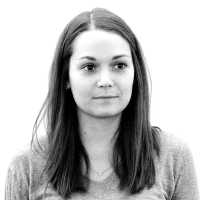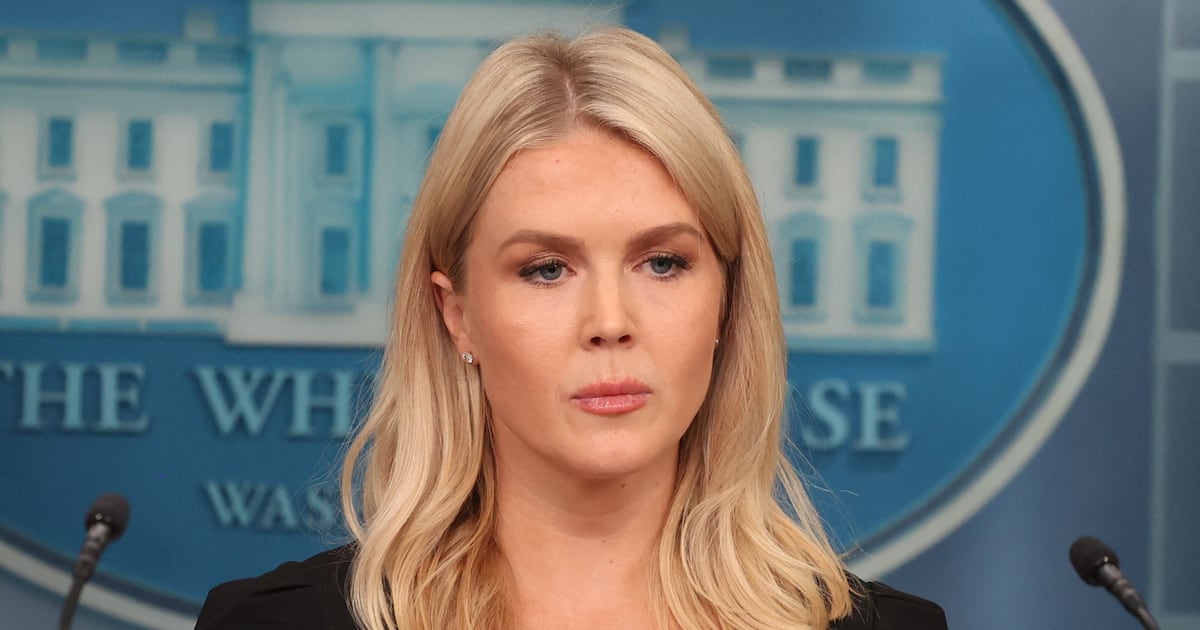“I think there is a problem with police transparency,” says Dov, the volume of his voice rising with that of the chanting crowd behind him.
U.S. News 
Shannon Stapleton/Reuters
Even Grade School Kids Are Protesting the Garner Killing Now
Schooled
From nation-wide classroom walkouts to the streets of NYC, outrage has trickled down to elementary schools—and children are out demonstrating, too.

Trending Now





